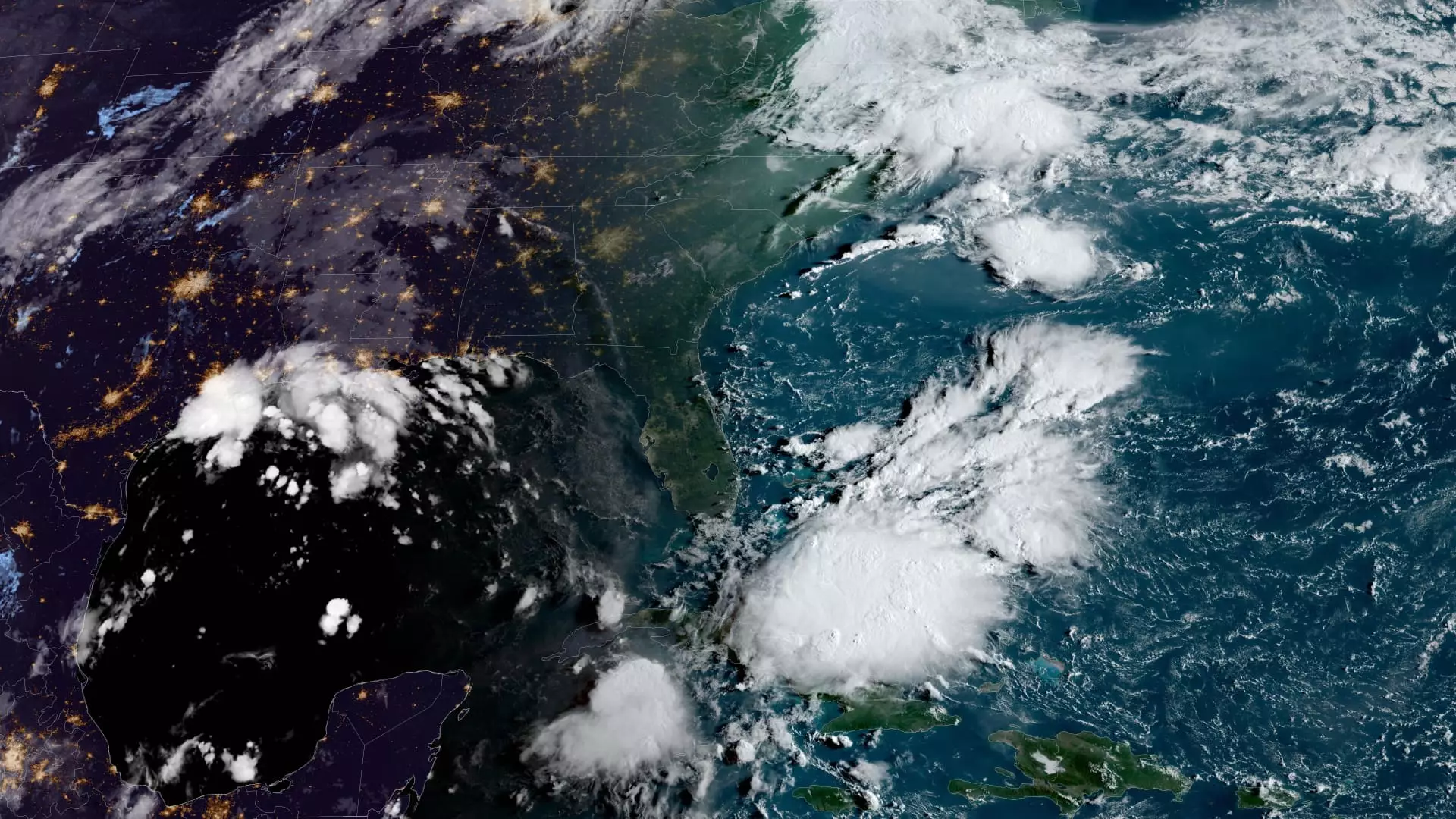A disturbance in the Gulf of Mexico is predicted to intensify into a tropical storm by Monday, potentially escalating into a hurricane before making landfall on the U.S. Gulf Coast. The storm, known as Potential Tropical Cyclone Six, is currently positioned approximately 300 miles south-southeast of the Rio Grande, and is moving in a north-northwest direction. The National Hurricane Center has issued an advisory stating that the storm is expected to traverse offshore of the northern Gulf of Mexico by Tuesday and approach the coasts of Louisiana and upper Texas by Wednesday.
Tropical storm watches have been implemented for northeastern Mexico as well as southern Texas in anticipation of Potential Tropical Cyclone Six. It is projected to bring heavy rainfall and induce flash flooding along the coastlines of northeast Mexico, southern Texas, southern Louisiana, and southern Mississippi by Thursday morning. While the exact locations of impact remain uncertain, the storm poses a serious threat of life-threatening storm surge and damaging winds for certain areas of the Louisiana and Upper Texas coastlines, commencing on Tuesday night.
Thus far in the 2024 Atlantic storm season, which spans from June to November 30, there have been a total of five named storms, three of which intensifying into hurricanes. The tropical cyclone activity in August was deemed slightly below the norm in terms of the number of named storms according to the National Hurricane Center. Debby made landfall in the Big Bend region of Florida as a Category 1 hurricane before transitioning into a tropical storm and hitting South Carolina. Additionally, Ernesto reached Category 1 hurricane status as it passed over Bermuda in mid-August.
The National Oceanic and Atmospheric Administration had previously forecasted above-normal hurricane activity within the Atlantic basin for the year. The prediction entailed a total range of 17 to 25 named storms, with eight to 13 expected to evolve into hurricanes. This heightened outlook was attributed to the near-record warm ocean temperatures in the Atlantic, La Niña conditions in the Pacific, reduced Atlantic trade winds, and diminished wind shear. The culmination of these factors contributed to the increased likelihood of heightened storm activity in the Atlantic region.

Leave a Reply